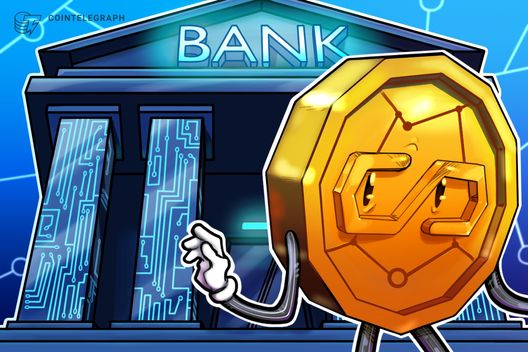Stablecoin panic could upend ECB policy, Dutch central bank governor warns
Strong Bearish
-100.0

Dutch central bank governor Olaf Sleijpen warned that if stablecoins falter, issuers may be forced to liquidate their reserves, thereby magnifying stress across markets.
Pulse AI Analysis
Olaf Sleijpen, the Dutch central bank governor, highlighted the potential macroeconomic risks posed by the exploding stablecoin market in a Financial Times interview. He expressed concerns that dollar-pegged stablecoins, if destabilized, could trigger financial instability across Europe's economy—potentially necessitating a reevaluation of the European Central Bank's (ECB) monetary policies. With stablecoin market value witnessing a significant increase, and projections suggesting it could reach a $2 trillion cap by 2028, these crypto assets might soon wield enough influence to affect financial stability, inflation, and economic activities in Europe.
Key Points:
- Stablecoins, especially those pegged to the dollar, are becoming integral to the financial landscape, forcing policymakers to consider their macroeconomic implications.
- If the stability of these coins is compromised, there could be rapid asset liquidations, leading to market-wide stress and possible regulatory and monetary policy shifts.
- The growth of stablecoins increases their systemic relevance, making their fluctuations significant to Europe’s economy and possibly elevating the urgency for a digital euro to preserve monetary sovereignty.
- Potential disruptions in stablecoin stability could lead to extensive interventions by financial authorities, affecting liquidity, asset prices, and inflation control measures.
Market Implications:
- Increased volatility and risk in the cryptocurrency sector, particularly affecting investments in stablecoins.
- Potential regulatory changes impacting the operations of crypto markets and associated financial services.
- A reassessment of risk by investors, possibly leading to shifts in investment from crypto assets to more traditional assets.
- Enhanced focus on the development and implementation of central bank digital currencies (CBDCs) as a counterbalance to private stablecoins.
- Greater scrutiny from financial authorities could lead to stricter compliance and operational mandates for crypto firms.
Key Points:
- Stablecoins, especially those pegged to the dollar, are becoming integral to the financial landscape, forcing policymakers to consider their macroeconomic implications.
- If the stability of these coins is compromised, there could be rapid asset liquidations, leading to market-wide stress and possible regulatory and monetary policy shifts.
- The growth of stablecoins increases their systemic relevance, making their fluctuations significant to Europe’s economy and possibly elevating the urgency for a digital euro to preserve monetary sovereignty.
- Potential disruptions in stablecoin stability could lead to extensive interventions by financial authorities, affecting liquidity, asset prices, and inflation control measures.
Market Implications:
- Increased volatility and risk in the cryptocurrency sector, particularly affecting investments in stablecoins.
- Potential regulatory changes impacting the operations of crypto markets and associated financial services.
- A reassessment of risk by investors, possibly leading to shifts in investment from crypto assets to more traditional assets.
- Enhanced focus on the development and implementation of central bank digital currencies (CBDCs) as a counterbalance to private stablecoins.
- Greater scrutiny from financial authorities could lead to stricter compliance and operational mandates for crypto firms.
This analysis was generated using Pulse AI, Glideslope's proprietary AI engine designed to interpret market sentiment and economic signals. Results are for informational purposes only and do not constitute financial advice.










